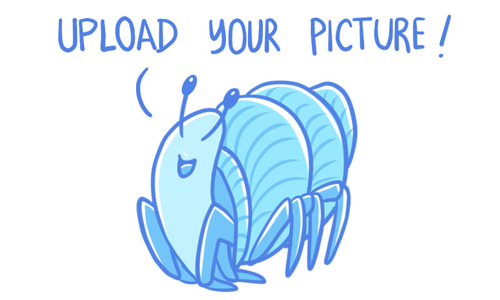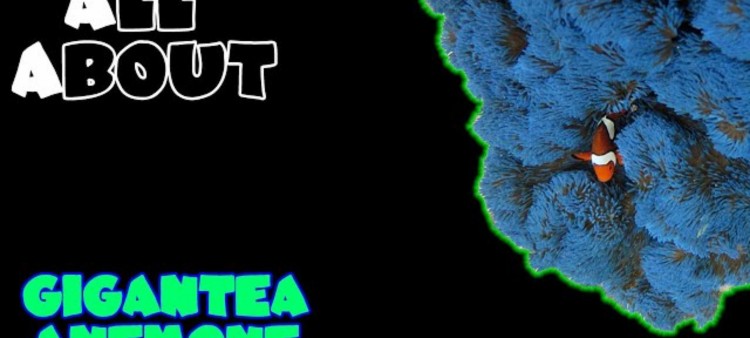- Name:
Bulb Anemone
(View AKA's) - Family: Actiniidae
- Species: Anemones
- Scientific Name: Entacmaea quadricolor

More Details
General info about Bulb Anemone
The Bulb Anemone can develop a unique bulb tip at the end of its tentacles. When hungry, will stretch its sweeper tentacles to grab food from the water column. After feeding, the tentacles then shorten again and take on their bulbous appearance. Generally, Bulb Anemones from Fiji and Tonga are shaded in soft browns, tans, or maroon, though an occasional green specimen is found. By contrast, the Bulb Anemones from Singapore are typically green in color with a deep maroon base. The Bulb or Bubble Tip Anemone is found in oceans around the world. The Bulb Anemone attaches its pedal disc deep within dead coral amongst rubble or on solid, living reefs. The Bulb Anemone requires similar habitat and positioned amongst deeply creviced live rock or branchy corals placed in sandy substrate. Most Bulb Anemones prefer to find their own place to settle and may move about your aquarium until a suitable location is found. For best care, the Bulb Anemone requires strong lighting in aquariums. Under ideal conditions, it can grow up to 1-ft in diameter. However, most typically remain compact in size when kept under bright lighting. If the lighting is insufficient, the Bulb Anemone will expand its body to make the most of the available light. It should be kept with a Clownfish for best care. At times, the tentacles of the Bulb Anemone may appear stringy; this may be due to insufficient light or the need for food. Handle this invertebrate, and all Anemones, with care. The Bulb Anemone can sting other anemones and corals that infringe on its territory. The Small bulb anemones from Fiji and Tonga are typically colored in shades of brown, tan or maroon with an occasional green specimen. The Medium and Large bulb anemones from Singapore are typically green in color and may have a maroon base.
Hosting
The Entacmaea quadricolor anemone has been known to have a symbiotic relationship with A. Akindynos (Barrier Reef Clownfish), A. Clarkii (Clark's Clownfish), A. Frenatus (Tomato Clownfish), A. Melanopus (Red and Black Clownfish), A. Ocellaris (Ocellaris Clownfish), A. Percula (Percula Clownfish), Premnas Biaculeatus (Maroon Clownfish), A. Ephippium (Fire Red Saddleback Clownfish), A. Akallopisos (Skunk Clownfish).
Bulb Anemone are Venomous
Relevent Articles
Original Detail
| Name | Species | Family | Scientific Name | More Detail | Added by |
|---|---|---|---|---|---|
| Bulb Anemone | Anemones | Actiniidae | Entacmaea quadricolor | The Bulb Anemone can develop a unique bulb tip at the end of its tentacles. When hungry, will stretch its sweeper tentacles to grab food from the water column. After feeding, the tentacles then shorten again and take on their bulbous appearance. Generally, Bulb Anemones from Fiji and Tonga are shaded in soft browns, tans, or maroon, though an occasional green specimen is found. By contrast, the Bulb Anemones from Singapore are typically green in color with a deep maroon base. The Bulb or Bubble Tip Anemone is found in oceans around the world. The Bulb Anemone attaches its pedal disc deep within dead coral amongst rubble or on solid, living reefs. The Bulb Anemone requires similar habitat and positioned amongst deeply creviced live rock or branchy corals placed in sandy substrate. Most Bulb Anemones prefer to find their own place to settle and may move about your aquarium until a suitable location is found. For best care, the Bulb Anemone requires strong lighting in aquariums. Under ideal conditions, it can grow up to 1-ft in diameter. However, most typically remain compact in size when kept under bright lighting. If the lighting is insufficient, the Bulb Anemone will expand its body to make the most of the available light. It should be kept with a Clownfish for best care. At times, the tentacles of the Bulb Anemone may appear stringy; this may be due to insufficient light or the need for food. Handle this invertebrate, and all Anemones, with care. The Bulb Anemone can sting other anemones and corals that infringe on its territory. The Small bulb anemones from Fiji and Tonga are typically colored in shades of brown, tan or maroon with an occasional green specimen. The Medium and Large bulb anemones from Singapore are typically green in color and may have a maroon base. Hosting The Entacmaea quadricolor anemone has been known to have a symbiotic relationship with A. Akindynos (Barrier Reef Clownfish), A. Clarkii (Clark's Clownfish), A. Frenatus (Tomato Clownfish), A. Melanopus (Red and Black Clownfish), A. Ocellaris (Ocellaris Clownfish), A. Percula (Percula Clownfish), Premnas Biaculeatus (Maroon Clownfish), A. Ephippium (Fire Red Saddleback Clownfish), A. Akallopisos (Skunk Clownfish). | PalaciosAn |
Changed by users
| Submitted Date | Submitted By | Status | Action |
|---|



